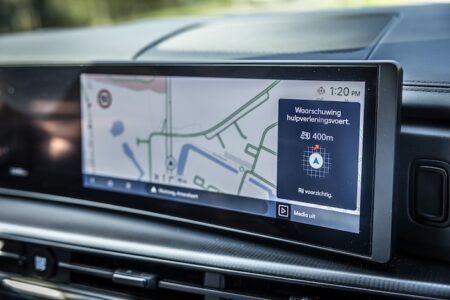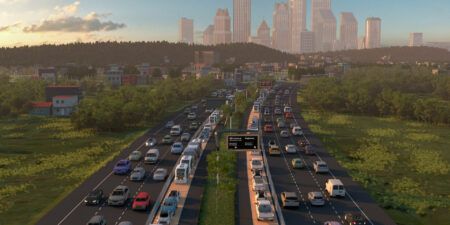5G Americas, the industry trade association and voice of 5G and long-term evolution (LTE) communications systems has published a new technical whitepaper titled V2X Cellular Solutions that details new connected car opportunities for the cellular and automotive industries.
Vehicle-to-everything (V2X) communication systems enable the exchange of information between vehicles and: people (V2P), such as bicyclists and pedestrians, for alerts; other vehicles (V2V), for collision avoidance; infrastructure (V2I), such as roadside devices, for timing and prioritization; and the network (V2N), for real-time traffic routing and other cloud-based travel services. The goal of V2X is to improve road safety, increase the efficiency of traffic, reduce environmental impacts, and provide additional traveler information services.
Safety and congestion are the two biggest problems on the world’s roads. Tens of thousands of people died on the USA’s roadways last year, with a global figure of more than 1.2 million deaths (World Health Organization, 2015). Damages cost the US economy hundreds of billions of dollars a year, and worldwide this figure is approximately US$1tn per year (Rocky Mountain Institute, 2016).
Traffic congestion wastes billions of gallons of fuel each year, 3.1 billion gallons in the USA alone (Texas Transportation Institute, 2015), and has a great impact on the economy due to pollution and greenhouse gas emissions. Transportation is responsible for 14% of the emissions that lead to global warming (US Environmental Protection Agency, 2014). The 5G Americas report says V2X services are a potential solution to address many of these global concerns.
The whitepaper describes the benefits that Cellular V2X (C-V2X) communications can provide to support the US Department of Transportation’s (USDOT) objectives of improving safety and reducing vehicular crashes. Cellular V2X can also be instrumental in transforming the transportation experience by enhancing traveler and traffic information for societal goals. C-V2X is part of the 3GPP (3rd Generation Partnership Project) specifications in Release 14. 3GPP announced the completion of the initial C-V2X standard in September 2016. There is a robust evolutionary roadmap for C-V2X towards 5G, with a strong ecosystem in place. C-V2X will be a key technology enabler for the safer, more autonomous vehicle of the future.
The V2X Cellular Solutions whitepaper was written by members of 5G Americas and is available for free download on the 5G Americas website. Co-leaders of the white paper working group are DeWayne Sennett of AT&T, and Michaela Vanderveen of Qualcomm Technologies Inc.
“LTE cellular technology can be an important enabler for a best-in-class vehicle connectivity solution,” stated Chris Pearson, president of 5G Americas. “A global LTE footprint and technology standards, combined with future-proof evolution, are enablers for Cellular V2X on the road to success in achieving the goals established for safety, information, ecology, maintenance and security, as well as entertainment, in the connected car of the future. Cellular V2X will lead us into the future of a fully connected car experience. The vehicle can be supported by advanced services from the mobile network, providing a safer, more efficient and enjoyable driving experience, while having a positive impact on society.”




